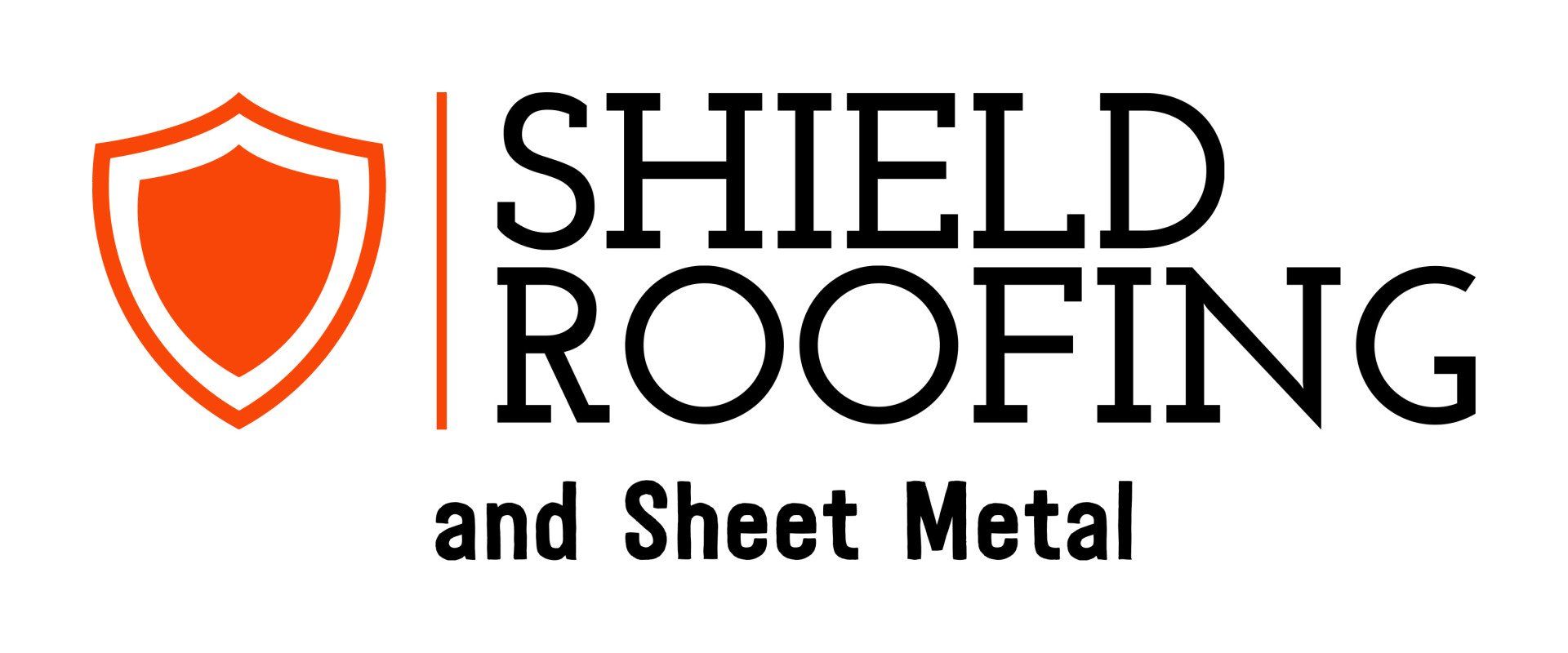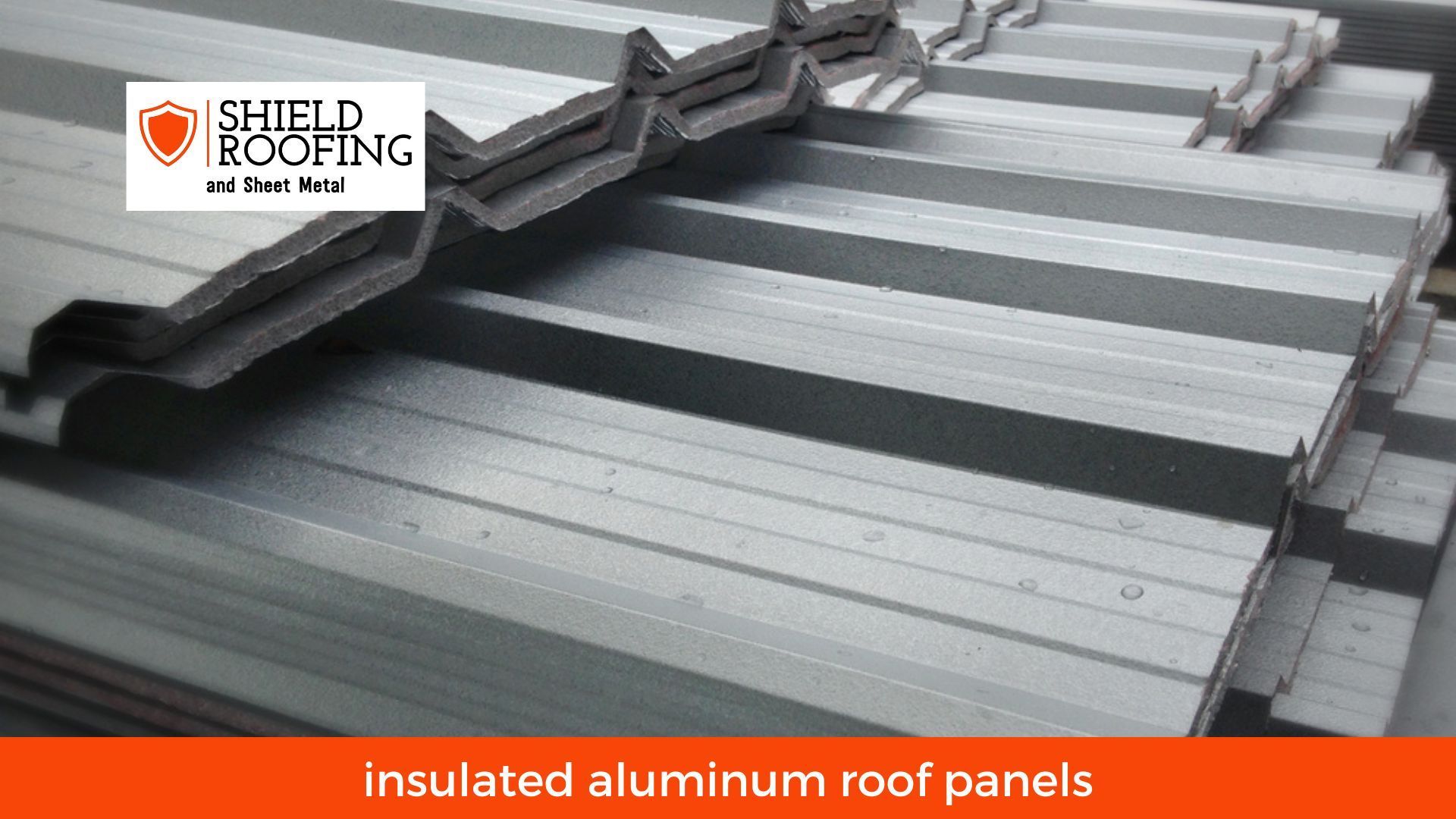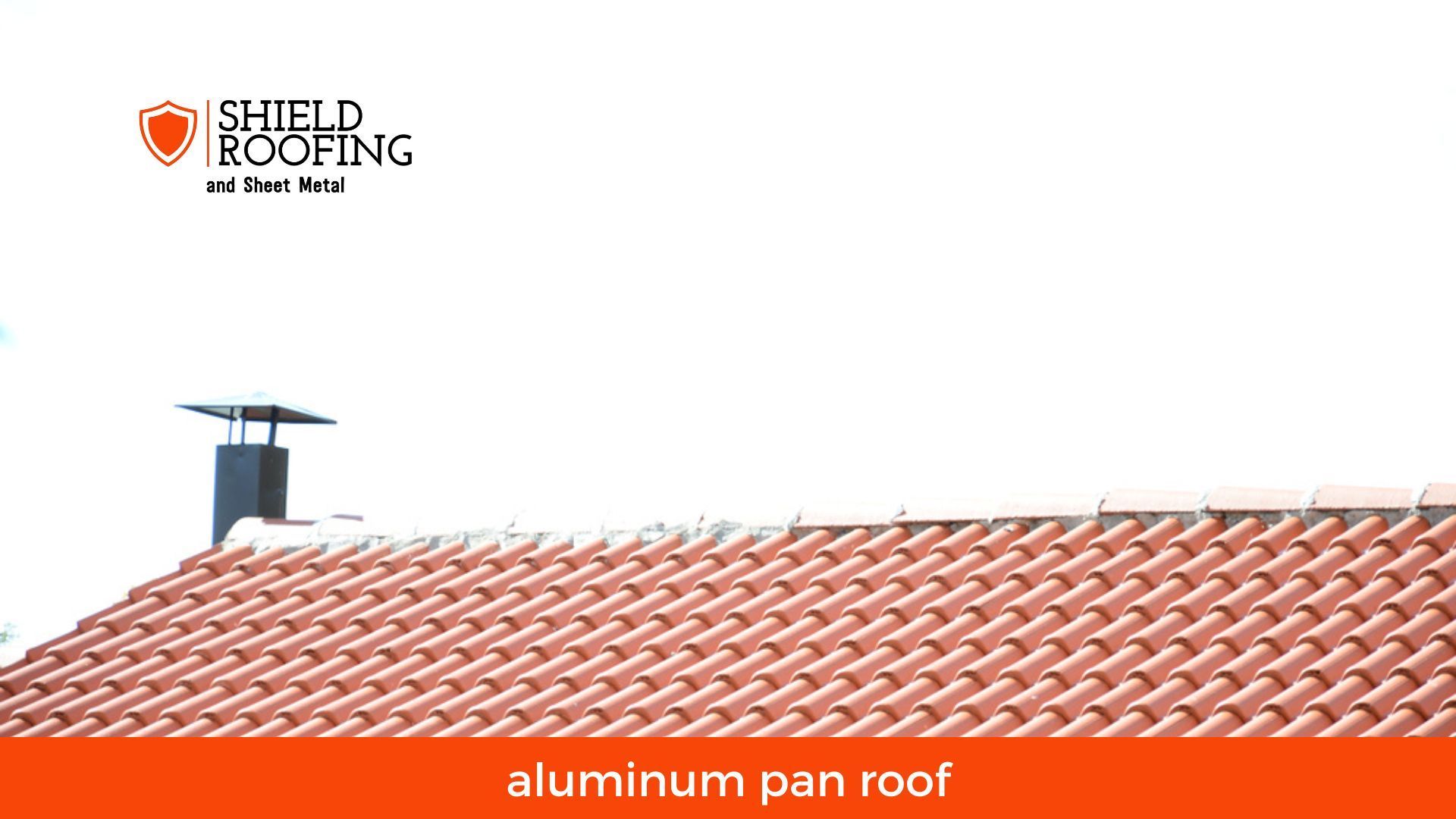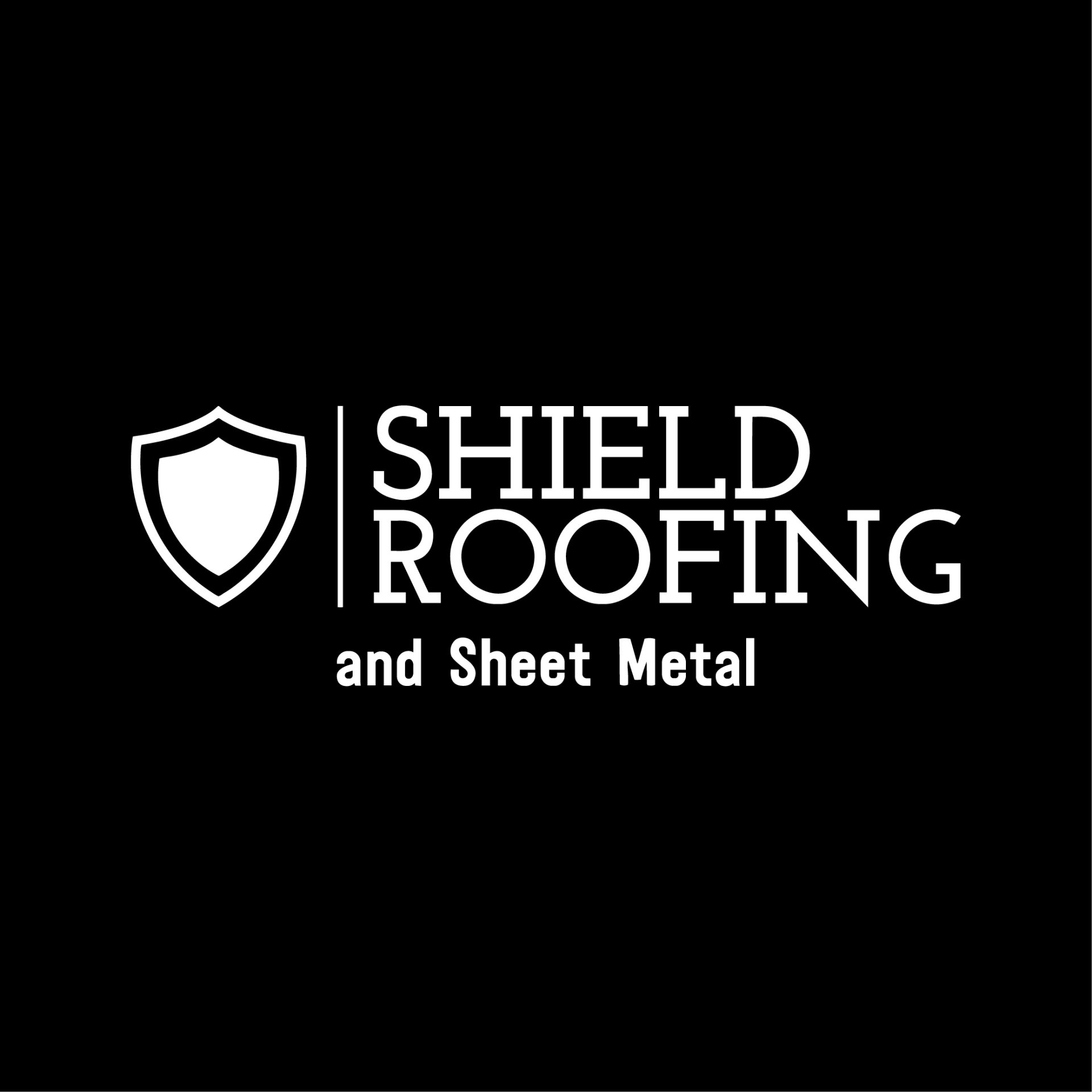Types of Roof Covering Materials in Houston
Types of Roof Covering Materials
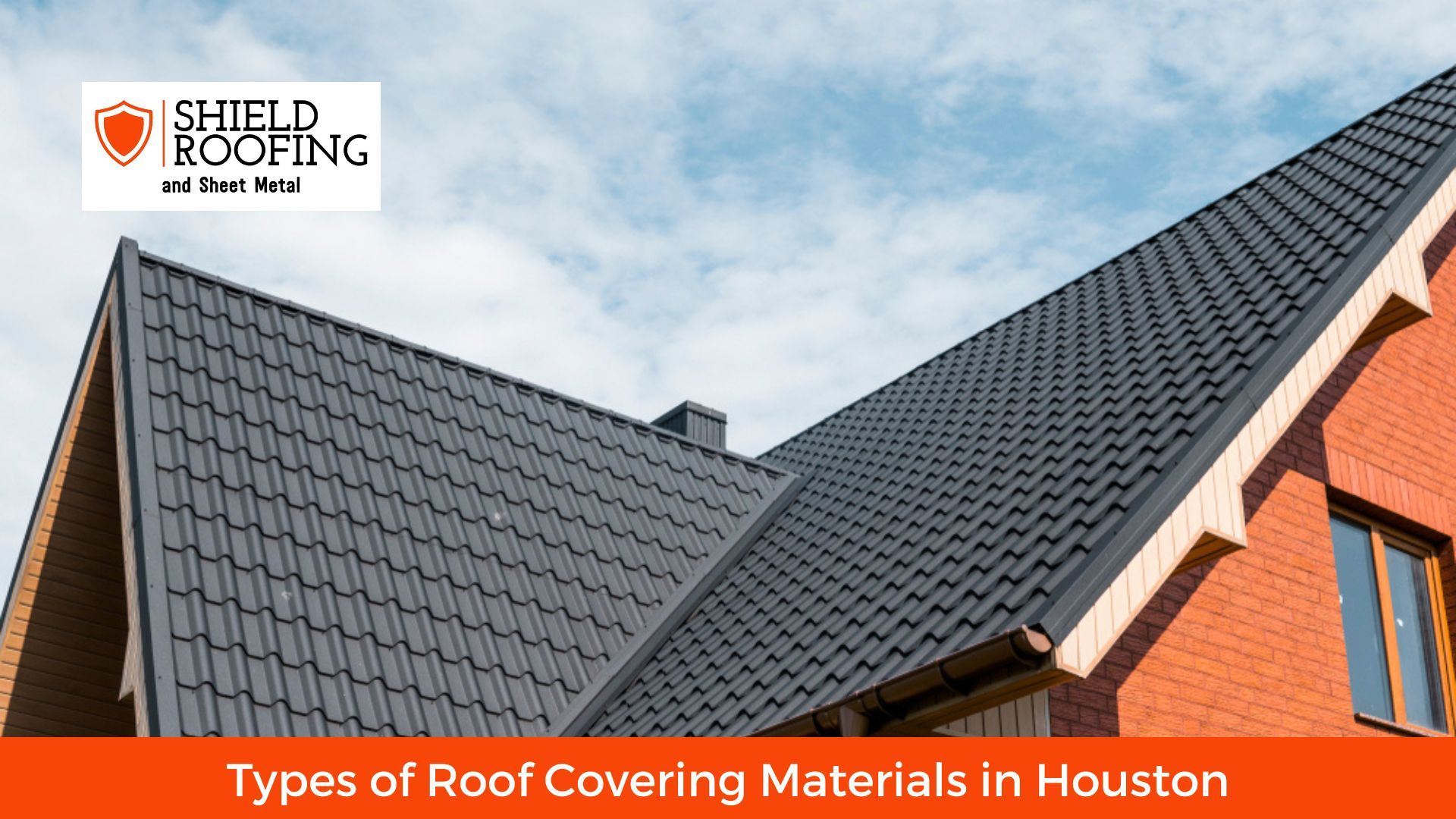
There are many different types of roof covering materials on the market today. Choosing the right one for your home can be difficult, but it is important to ensure you select a material that will withstand the test of time. In this blog post, we will discuss the most popular types of roofing materials and what makes them unique. We will also provide tips on choosing suitable materials for your home.
Why Need Roof Covering Materials
A roof is an integral part of your home that protects you from the elements. Therefore, it is important to choose a roofing material that will be durable and long-lasting. There are many different types of roofing materials on the market, so it is essential to do your research before making a purchase.
Different Types of Roof Covering Materials
The most crucial factor to consider when choosing a roof covering material is the climate in your area. For example, if you live in an area with severe weather conditions, you will need a material that can withstand high winds and heavy rains. If you live in a more moderate climate, you may not need as much protection from the elements. Let's discuss some popular types of roof covering materials,
1. Thatch
Thatch is a popular roofing material in many parts of the world, mainly tropical regions. Thatch is made from dried vegetation, such as palm leaves or grass. It is an inexpensive and environmentally friendly option, but it does not last as long as other materials.
Some Advantages of Thatch:
- Inexpensive: Thatch is one of the most affordable roofing materials.
- Environmentally friendly: Thatch is made from natural materials, so it is a good choice for those who want to reduce their impact on the environment.
- Sound insulation: Thatch is a good insulator, so it can help keep your home cool in hot weather.
- It is very light in weight: Thatch is very light, so it does not stress your home's structure.
2. Tiles
Tile is another popular type of roofing material. Those are made from fired clay or concrete, and they come in a variety of colors. There are pretty different types of tiles given below:
Plain Tiles:
Plain tiles are the simplest type of roofing tile. They are flat and have a rectangular shape. Plain tiles are usually made from clay or concrete, and they come in a variety of colors.
Curved Pan Tiles:
Curved pan tiles are available in the market with a V-shaped or S-shaped cross-section. These types of tiles are generally between 330 mm to 430 mm.
Interlocking Tiles:
Two processes manufacture interlocking tiles, one is a wet process, and another is a dry process. In the case of the wet process, the tiles are made by mixing the raw materials with water and then molded into shape.
Some Advantages of Tiles:
- Tiles are durable: Tile roofs can last 50 years or more.
- Tiles are fire resistant: Tiles will not catch on fire, so they can help protect your home from a wildfire.
- Tiles are good insulators: Tile roofs can help keep your home cool in hot weather.
- Tile roofs are low maintenance: You won't have to do much to maintain a tile roof other than occasional cleaning.
3. Wood Shingles
Wood shingles are made of cedar, redwood, or cypress. Wood shingles are cut into thin strips and then kiln-dried to prevent rot.
Some Advantages of Wood Shingles:
- Wood shingles are beautiful: The natural beauty of wood can add charm and character to your home.
- Wood shingles are environmentally friendly: Wood is a renewable resource, so wood shingles are a good choice for eco-conscious homeowners.
- Wood shingles are good insulators: Like tile, wood is a good insulator, so wood shingles can help keep your home cool in hot weather.
4. Solar Roof Tiles
Solar roof tiles are photovoltaic cells that convert sunlight into electricity. Solar roof tiles are usually made of glass or plastic, becoming increasingly popular for generating renewable energy.
Some Advantages of Solar Roof Tiles:
- Solar roof tiles are environmentally friendly: Solar power is a clean, renewable energy source, so solar roof tiles are an excellent choice for eco-conscious homeowners.
- Solar roof tiles can reduce your energy bills: By generating electricity from the sun, solar roof tiles can help offset your home's energy usage and lower your monthly utility bills.
Conclusion
Roofing materials come in various types, each with its benefits and drawbacks. It can be tough to decide which material is best for your home, but this guide should help you make an informed decision. If you are still unsure after reading this post, contact a professional roofer for more advice.

